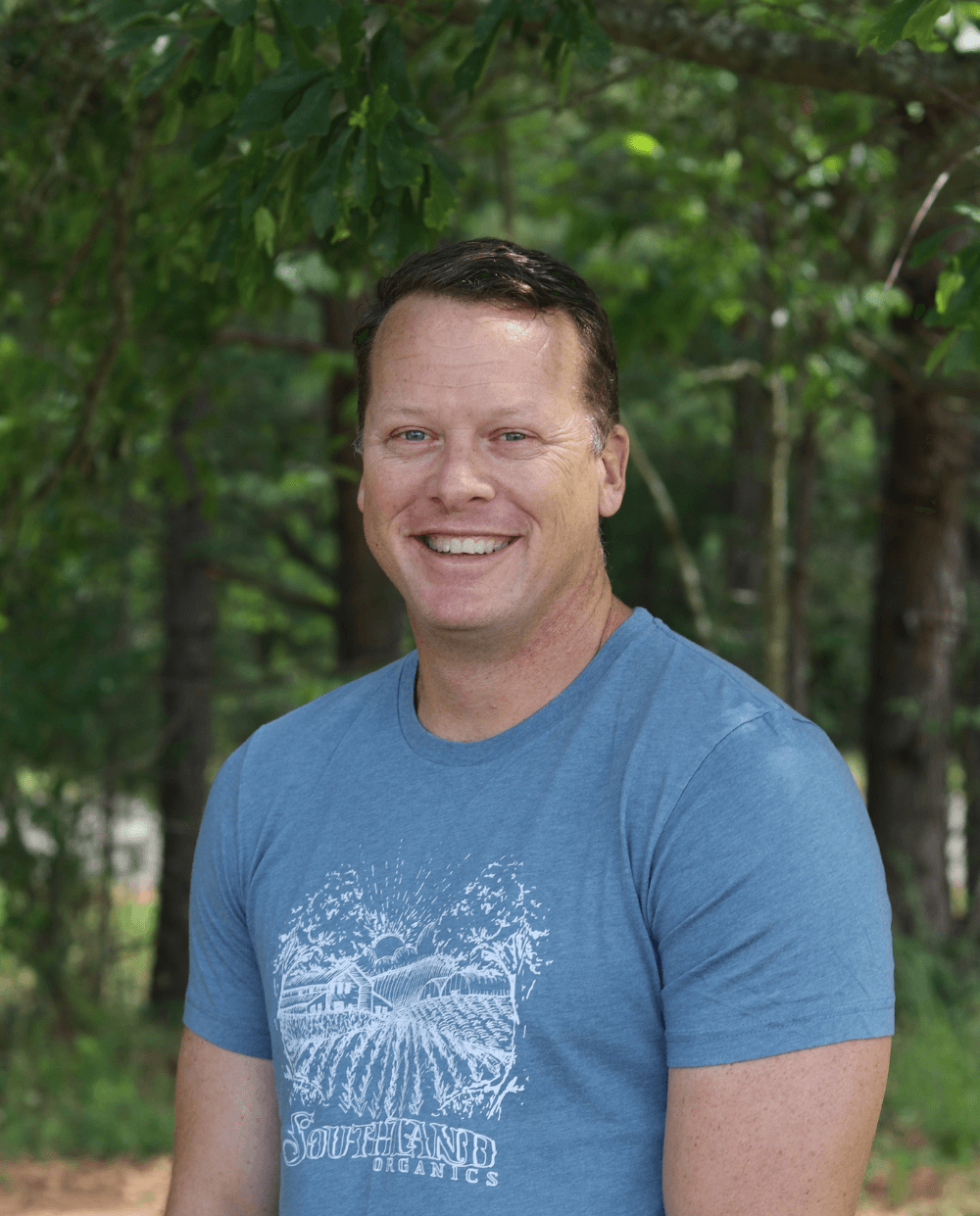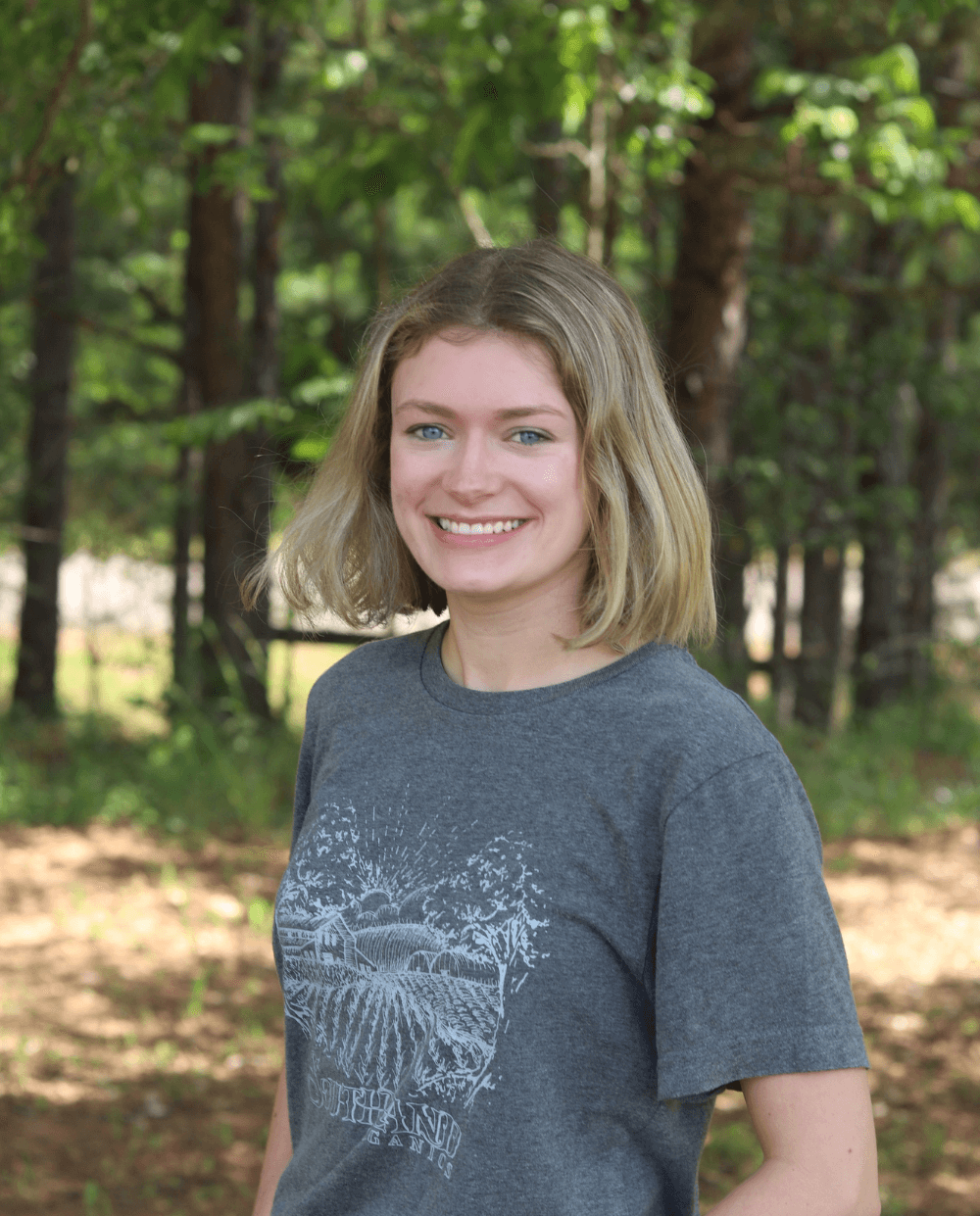Does grass help with erosion? There are many different types of grass suitable for growing in North America and many are regarded as effective hillside erosion control methods. It is important to consider the germination speed, water requirements, slope and how much seed will be required on your property when choosing which is best for you.
Another important factor when choosing seeds is climate. You should always consider whether you are planting in the Spring and Summer months verses Fall and Winter, as mixes change seasonally. The germination speed will rely heavily on the nighttime temperatures. Before choosing the best plants for erosion control in your area, be sure to review the USDA’s Plant Hardiness Zone Map to know what will be optimal for erosion control in your region.
.png)
Many people choose a grass mix for their yards and erosion prone areas, such as steep grades, roadsides or other erosion prone areas. Typically, grass mixes will include three or more types that are complementary in their growing habits. Because they are a mix of a variety of seeds, there is opportunity to develop strong plant root systems while also allowing for quick germination and growth. Because of this, the best grass to prevent soil erosion is usually in a mix.
After choosing the best grass seed for slopes in your area of interest, it is important to take the time to prepare for planting. This could include the use of seed blankets, landscape netting, or germination blankets to encourage seed growth.
Native Grasses
Native grasses are naturally occurring and what you might imagine seeing dispersed among a beautiful field of wildflowers. Although the best native grass seed for slopes and banks for erosion control vary considerably based on location, they all provide a great way to work with nature for slope and hill stabilization.
Sedge

Sedge, a grass-like perennial, provides solid erosion control coverage. With more than 100 species to choose from, sedge is a versatile, easy-to-grow option for drought-tolerant groundcover and erosion prevention, especially in cooler seasons. A major pro to choosing sedge is its minimal upkeep and care.
Oats

Small grains, such as oats and rye, are another example of drought-tolerant plants for slopes commonly used for ground cover, wildlife forage, and soil erosion prevention.
Rye

Rye is a quickly germinating, drought-resistant option for erosion control on moderate slopes. In Zone 6 and warmer climates, it is important to plant winter rye in late fall; in colder zones, it should be planted at the beginning of the season. Additionally, there is often a need for multiple seed types to allow for greater resistance to temperature changes.
Buffalo Grass

Buffalo grass requires minimal mowing and very little water, making it a drought-tolerant ground cover for slopes.
It does require full sun, so you would be better off to choose different shade erosion control plants. Because it spreads easily, it is often used for erosion control in prairie regions.
Annual Ryegrass
.jpg)
Annual ryegrass is a cool season, annual grass that provides great weed suppression. Annual Rye is shallow, but dense, root system makes it a solid choice for planting in wet or rocky conditions typically prone to erosion. Though there are many benefits, annual ryegrass is high maintenance in that it does not fare well in drought or extreme temperatures, but it can tolerate poor soils, which is helpful on erosion prone slopes.
Perennial Ryegrass

Perennial ryegrass is another great cool-season lawn grass option. Its cold-tolerant nature requires moderate sunlight.
Its shallow roots system makes it one of the best . These qualities make this grass a good option for short-term erosion control and to mix in a nurse grass. It is often used in warmer climates during colder months and fares well in high traffic areas.
Fescues
Fescues are another option that is resistant to drought, tolerant to partial shade, and easy to grow. Fescue wears well under frequent mowing and maintenance, making it the optimal choice when a neat appearance is desired. Fescue may be the best grass seed for hills since it establishes and grows quickly.
Red Fescue

Red fescue is a cool season grass that thrives in moist soils and is often used for erosion control. It boasts a quick germination speed and grows in annual and perennial varieties depending on the zone. It does require an adequate amount of water, but too much humidity can cause it to die. Red fescue establishes easily, making it one of the best hillside erosion control products.
Blue Fescue

Blue fescue is a short-lived perennial that thrives in dry to medium soils that are well-drained. It is not the , but prefers full access to sunlight.
Its beautiful blue color and erosion-resistant roots pair nicely against the cool tones of a rock garden. However, in cold climates, blue fescue often turns brown in the winter and may die in the summer if exposed to too much heat.
Southern Grasses
Bermuda Grass

In our neck of the woods, bermuda is known as the high maintenance, fast-growing, deep-rooted grass for erosion control. It's the green grass covering most suburban lawns. However, its affinity for direct sunlight, high temperatures, and drought tolerance make it a great option among slope stabilization plants in the southern United States.
Bahia

In tropical climates and along the Gulf Coast, bahiagrass is an aggressive, low maintenance variety. It has high heat tolerance making it a choice to withstand the deep South’s coastal summers.
Though it spreads slowly, once bahiagrass has taken root, it grows tall quickly. One disadvantage is the amount of mowing required to curb its rapid growth.
There are many other plants that prove to be effective ground cover methods for preventing erosion, reducing weed growth, and keeping moisture and nutrients in the soil. A few to consider are clover, creeping phlox, shrubs, and forsythia for erosion control.
If you are looking to seed for erosion control, try using a soil conditioner like Southland Organics' Genesis Germination and Soil Conditioner. Live and active microbiology, along with organically sourced carbon, are proven to increase seed germination.






